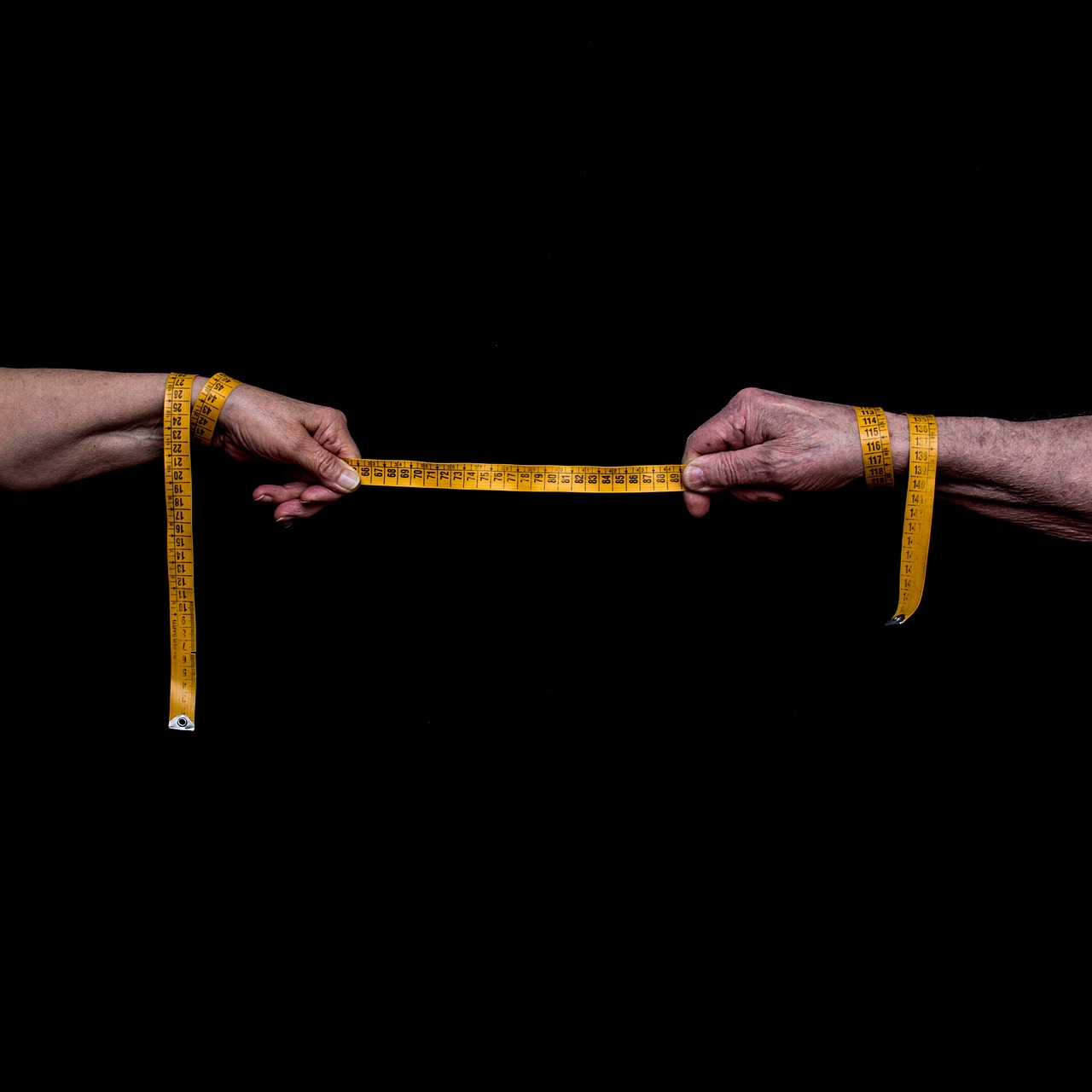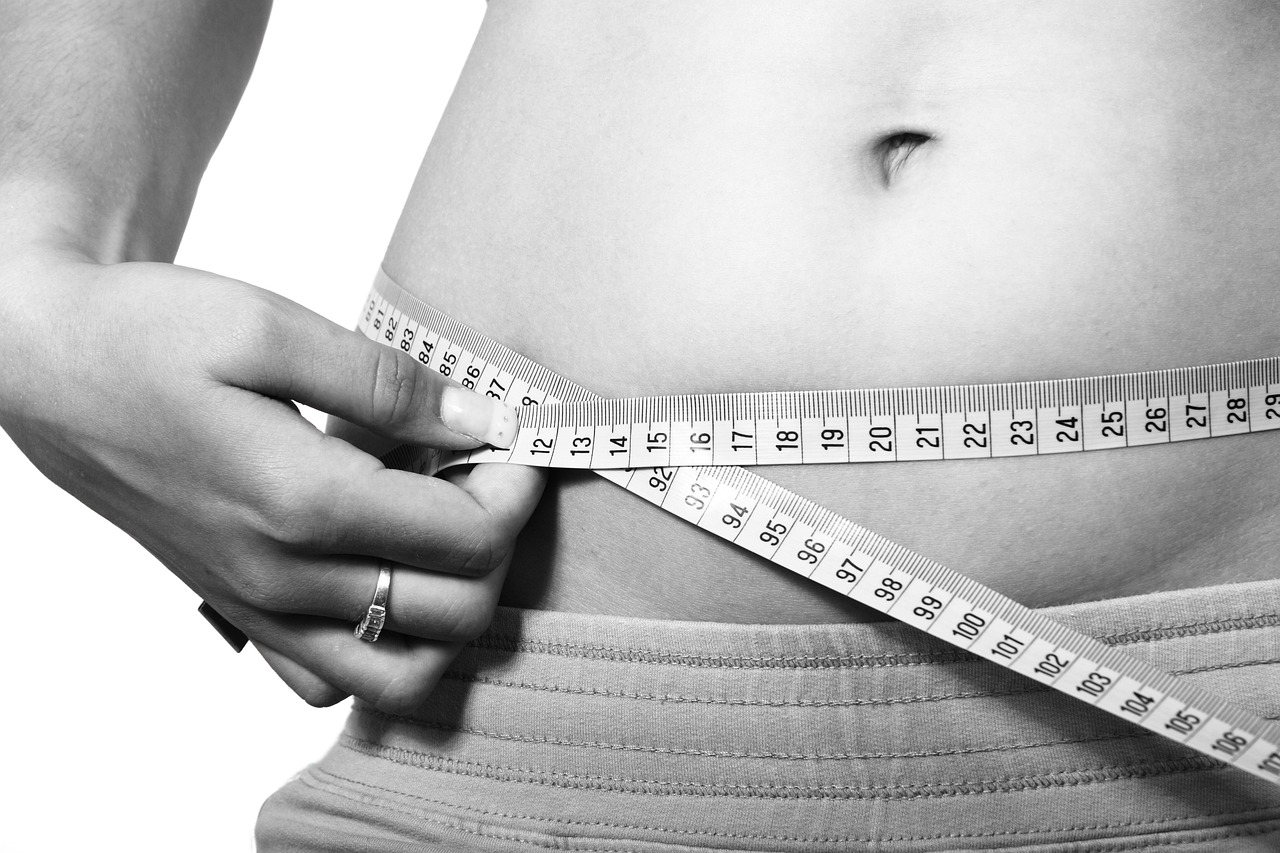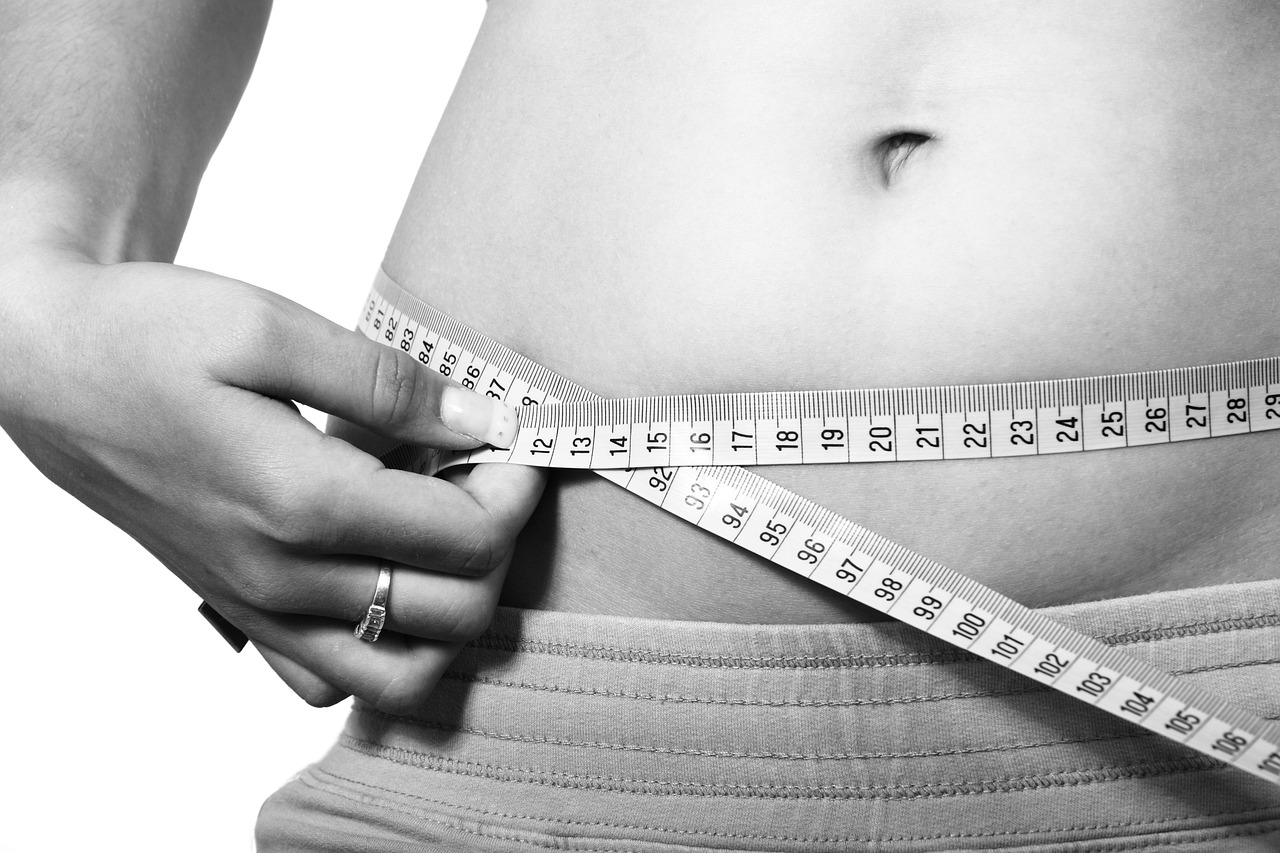In the world of cooking, precision is key. Whether you’re a seasoned chef or a novice in the kitchen, accurately measuring ingredients is a skill that can greatly impact the outcome of your culinary creations. From a pinch of salt to a cup of flour, every measurement plays a vital role in achieving that perfect balance of flavors and textures. In this article, we will explore the art of measuring ingredients accurately and discuss how the right tools and techniques can elevate your cooking experience to a whole new level. So grab your measuring cups and spoons, because we’re about to embark on a delicious journey of precision and taste.

Benefits of Accurate Ingredient Measurement
Accurate ingredient measurement is a crucial skill in cooking and baking that many underestimate. It may seem insignificant, but it can make a world of difference in the outcome of your dishes. Let’s explore the various benefits of accurate ingredient measurement.
Consistent Results
One of the most noticeable benefits of accurately measuring your ingredients is that it provides consistent results. When you measure ingredients in precise quantities, you can recreate your favorite recipes with the same flavors and textures every time. Whether you’re cooking for friends and family or running a restaurant, consistency is key to leave a lasting impression on your diners.
Balanced Flavors
Accurate ingredient measurement is essential in achieving balanced flavors in your dishes. A little too much or too little of a specific ingredient can throw off the entire taste profile. By measuring ingredients accurately, you can ensure that each component of your dish is in perfect harmony, creating a well-balanced flavor that will impress your taste buds.
Proper Texture
Texture is just as important as flavor when it comes to cooking and baking. Accurate ingredient measurement plays a significant role in achieving the desired texture in your dishes. Whether you’re aiming for a light and fluffy cake or perfectly cooked pasta, the precise measurement of ingredients ensures that the texture is just right. This attention to detail can elevate your culinary creations to the next level.
Equipment for Accurate Measurement
Now that we understand the benefits of accurate ingredient measurement, it’s essential to have the right tools at hand. Here are some essential equipment options for accurately measuring your ingredients.
Measuring Cups and Spoons
Measuring cups and spoons are must-have tools in any kitchen. They come in different sizes and are typically made of plastic, metal, or glass. Measuring cups are used to measure dry ingredients like flour and sugar, while measuring spoons are ideal for measuring small quantities of liquids or spices. Having a set of measuring cups and spoons ensures that you can accurately measure your ingredients and achieve consistent results in your cooking and baking endeavors.
Kitchen Scale
A kitchen scale is an invaluable tool for accurate ingredient measurement, especially for passionate bakers. It allows you to measure ingredients by weight, providing a level of precision that measuring cups and spoons can’t always achieve. With a kitchen scale, you can measure both dry and liquid ingredients accurately, making it easier to follow recipes and achieve desired outcomes.
Measuring Jug
A measuring jug is a useful tool for measuring liquid ingredients accurately. It has marking lines on the side, allowing you to pour liquids up to a specific measurement. Measuring jugs are typically made of glass or plastic and come in various sizes. They are particularly handy when you need to measure larger quantities of liquids, such as water or milk, for your recipes.

Understanding Different Measurement Units
Accurate ingredient measurement requires a good understanding of different measurement units. Let’s take a closer look at some commonly used measurement units in cooking and baking.
Cups
Cups are a common measurement unit in many recipes. They are used to measure both dry and liquid ingredients, offering convenience and ease. One cup is equal to 8 fluid ounces or 240 milliliters. It’s important to note that the type of ingredient being measured can affect the weight and volume, so using a kitchen scale for more precise measurements is always a good idea.
Tablespoons and Teaspoons
Tablespoons and teaspoons are smaller units of measurement typically used for liquid or dry ingredients, particularly spices. One tablespoon is equivalent to three teaspoons. They are handy when you need to measure small quantities precisely.
Fluid Ounces
Fluid ounces are a measurement unit used primarily for liquids. One fluid ounce is equal to approximately 30 milliliters. Recipes often require precise measurements of liquids, making fluid ounces a useful unit to have a good grasp on.
Grams and Kilograms
Grams and kilograms are units of measurement commonly used in baking and cooking. They are used for measuring both dry and liquid ingredients. While grams provide a more precise measurement, kilograms are often used for larger quantities. A kitchen scale that measures in grams and kilograms is an excellent investment for accuracy in your culinary endeavors.
Using Measuring Cups and Spoons
Measuring cups and spoons are fundamental tools for accurate ingredient measurement. Let’s delve into some tips for using them effectively.
Selecting the Right Size
When using measuring cups and spoons, it’s essential to select the right size for the specific ingredient you are measuring. Different recipes may require different sized measuring cups or spoons. If a recipe calls for a specific cup size, it’s important to use that size to ensure the correct measurement. Having a variety of cup and spoon sizes in your kitchen will allow you to be prepared for any recipe you encounter.
Proper Technique
To measure ingredients accurately with cups or spoons, it’s crucial to use the proper technique. When using a measuring cup for dry ingredients, such as flour, spoon the ingredient into the cup and level off the excess with a straight edge, like a knife. For liquids or pourable ingredients, place the measuring cup on a flat surface and carefully pour the liquid until it reaches the desired measurement. The key is to avoid overpacking or underfilling the cups, as it can affect the accuracy of your measurements.

Using a Kitchen Scale
A kitchen scale is a fantastic tool for precise ingredient measurement. Here are some tips for effectively using a kitchen scale.
Weighing Dry Ingredients
When weighing dry ingredients with a kitchen scale, make sure to place a clean bowl or container on the scale first, then zero out the scale to account for the weight of the container. Afterward, add the dry ingredient to the container until the desired weight is reached. This method ensures that only the weight of the ingredient is being measured accurately.
Weighing Liquid Ingredients
Weighing liquid ingredients with a kitchen scale requires a slightly different approach. Use a measuring jug or a container with a known weight capacity and zero out the scale. Carefully pour the liquid ingredient into the container until the scale reads the desired weight. This method provides a more precise measurement for liquids, eliminating the need to resort to measuring jugs.
Measuring Small Amounts
Accurate ingredient measurement becomes even more crucial when dealing with small amounts. Here are some techniques for measuring small quantities effectively.
Using Measuring Spoons
Measuring spoons are perfect for measuring small quantities of liquid or dry ingredients. When using measuring spoons, fill them to the brim with the ingredient, then level off the excess with a straight edge to achieve an accurate measurement.
Conversion Chart for Small Amounts
Having a conversion chart for small amounts can be extremely helpful when needing to convert measurements. For example, if a recipe calls for one tablespoon of sugar, and you only have measuring spoons in teaspoons, consult a conversion chart to determine the equivalent measurement. This way, you can ensure accurate measurements even when faced with limited tools.
Measuring Liquids
Measuring liquids accurately is essential for achieving desired outcomes in your recipes. Here’s how to measure liquids effectively.
Using a Measuring Jug
A measuring jug is the tool of choice for measuring larger quantities of liquids accurately. When using a measuring jug, pour the liquid carefully until it reaches the desired measurement line. To ensure the most accurate measurement, place the jug on a flat surface and read the measurement at eye level.
Reading the Measurements
Reading measurements on a measuring jug can sometimes be challenging. The key is to read the quantity at the lowest point on the curve of the liquid’s surface. Avoid estimating or rounding up or down, as it can lead to inaccurate measurements.
Measuring Dry Ingredients
Measuring dry ingredients accurately is crucial for achieving the perfect texture in your dishes. Here are some tips for measuring dry ingredients effectively.
Sifting Flour
When measuring flour, it’s a good practice to sift it first. Sifting flour helps break up clumps and adds air to the ingredient, resulting in a more accurate measurement. After sifting, spoon the flour into the measuring cup and level off the excess to achieve a precise measurement.
Leveling Off the Ingredients
For most dry ingredients, it’s essential to level off the excess to achieve accurate measurements. Use a straight edge, such as the back of a knife, to scrape off the excess ingredient from the top of the measuring cup. This ensures that you’re measuring the exact amount required in the recipe.
Tips for Accurate Measurement
Accurate ingredient measurement can sometimes be challenging, but with these useful tips, you can ensure precision in your cooking and baking endeavors:
Avoiding Eye Level
When using measuring cups or spoons, always position them at eye level to ensure an accurate reading. Holding the cup or spoon at an angle can distort the measurement and lead to imprecise results.
Measuring Sticky Ingredients
For sticky ingredients like honey or peanut butter, it can be difficult to get an accurate measurement directly from the jar. To overcome this, lightly coat the measuring cup or spoon with cooking spray or oil before adding the sticky ingredient. This way, the ingredient will easily slide out, leaving you with a precise measurement.
Prepping Ingredients Before Measuring
Preparing your ingredients before measuring them can make the process much smoother. Chop or slice fruits and vegetables, and separate dry ingredients that tend to clump together. This will help ensure that you measure the right amount and achieve accurate results.
Room Temperature Ingredients
When measuring ingredients, it’s best to use them at room temperature. This is particularly important for ingredients such as butter or eggs, as their consistency can affect the accuracy of the measurement. Allowing ingredients to come to room temperature before measuring ensures that you get the most precise measurements possible.
Conclusion
Accurate ingredient measurement is a skill that every cook and baker should master. It provides consistent results, balanced flavors, and proper texture, elevating your culinary creations to new heights. By using the right equipment, understanding different measurement units, and following proper techniques, you can achieve accurate measurements and create dishes that truly impress. So, invest in the right tools, follow these tips, and embrace the art of measuring ingredients accurately in your kitchen. Your taste buds will thank you!

